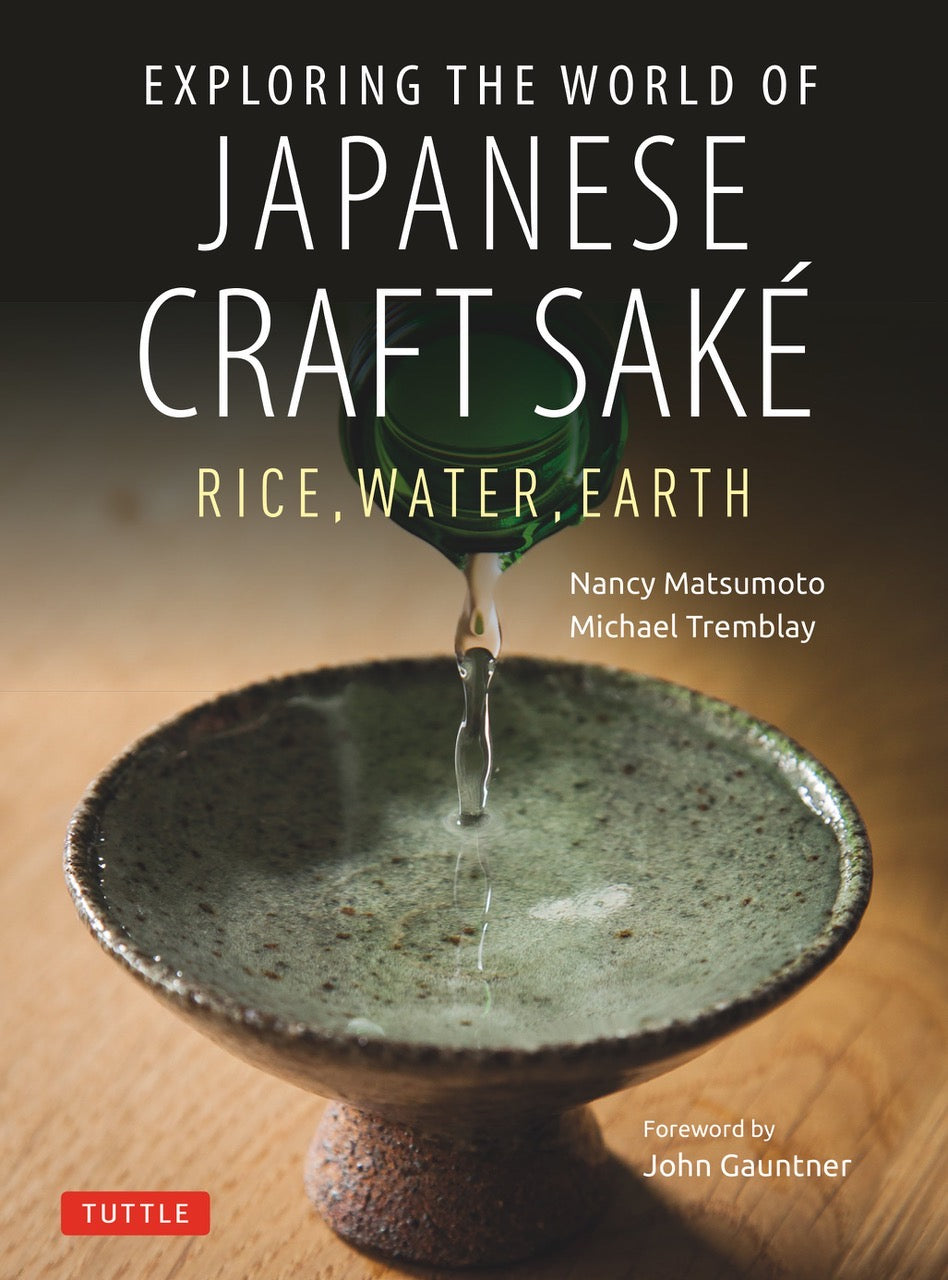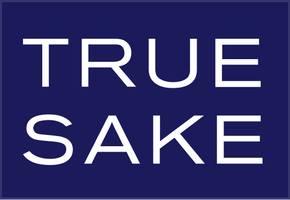
Sake Books – “Exploring the World of Japanese Craft Sake”
We haven’t sold a book at True Sake for almost a decade. But that’s about to change with a new read by our dear friends Michael Tremblay and Nancy Matsumoto from Canada. With a foreword by John Gauntner, this book feels like a family album of sorts, as we have deep connections and appreciation for most of those discussed in this very good looking work of sake wonder.
There are many aspects of this book that are appealing to most readers of all things sake, but for me the key hook of this read is the story telling and the accumulation of those awesome stories that makes up the history of sake today. Each brewery, each sake, and each maker has a story and most of the time these stories get passed down by word of mouth until now. Nancy and Michael have done all of the work of accumulating these stories and sharing them in a very readable and exciting capacity. The stories in the sake world are the juice that keeps the passion going amongst retailers, restaurateurs, bar owners, importers, distributors, and the most important actor in the process, the end user or customer of sake. These stories will make your sake taste better! Guaranteed.

Herewith are Michael and Nancy in their own words describing their book and actually interviewing each other to share a little bit about themselves and their passion for this stellar libation.
Meet the Authors of “Exploring the World of Japanese Craft Sake: Rice, Water, Earth”
“Knowing what a well-loved, powerhouse of a sake megaphone the True Sake newsletter is, we are humbled and extremely grateful to our friend, mentor, and sake OG Beau for not only giving us valuable space in it, but also allowing us to come up with our own article concept”
“First here’s a little background: Our book, Exploring the World of Japanese Craft Sake: Rice, Water, Earth is slated to appear in bookstores on May 10, and is available for pre-order now from all major and majorly independent booksellers. It’s a rice paddy-to-glass journey through a year of sake brewing, involving visits we made with 35 sake craft sake breweries in Japan, the U.S. and Canada. It’s part travelogue, part sake primer (30 pages of infographics that break down how sake is made, its classifications, brewing styles, serving and pairing advice, etc.), and part narrative history designed to illuminate sake’s deep connections with the culture and history of Japan. We meet brewing families, master brewers, yeast researchers and koji kin merchants, farmers, cooks, and bartenders. In addition to offering a flight of thematically connected sakes at the end of each chapter, our book includes cherished recipes from brewing families and their recommended sake pairings, Oh, and for both the virtual and IRL traveler, there’s a fun chapter on our favorite sake bar crawls across Japan!”
“Below, we ask each other questions designed to elicit our co-author’s hidden sake secrets and opinions: “
MT: Nancy: Would you please briefly introduce yourself?
NM: I’m a writer and editor based in Toronto and New York City who covers sake, food, drink and agroecology. I’m also a third-generation Japanese American and holder of three sake certifications. Because sake pairs with food better than any other beverage, what I’m eating while drinking is always important!
MT: If you were stranded on Mars (like Matt Damon was in The Martian), what prefecture’s sake would you hope was in the station fridge? Why?
NM: That’s a tough one, and I look forward to gardening on Mars. But if I had to pick, probably Yamagata or Akita because of the very high level of brewing craftsmanship there, the commitment to quality, and that ineffable beauty that comes from brewing sake in very cold, snowbound regions.

MT: When “Exploring the World of Japanese Craft Sake” becomes a New York Times Best Seller (yay us!), what sake do you want to celebrate with (I’m sure Beau-san will allow us to raid his inventory)?
NM: I’m looking forward to that day when we’re awash in royalties and can move to Japan! Anything from Kamoizumi, Sohomare or Fukucho would be just fine:)
MT: What unique sake and food pairing have you experienced that blew your mind?
NM: I’m not usually one to gravitate to junmai daiginjos but the pairing of Tentaka Shuzo’s “Silent Spring” with a very simple somen noodle dish in konbu dashi, with shiso and katsuobushi (dried, fermented bonito) -cured egg at a ki sake master dinner was beautiful!
NM: Michael: would you please briefly introduce yourself?
MT: Konnichiwa (Hello)! My name is Michael and I love sake. I am a Sake Samurai, Sake Judge, WSET Sake Educator, Founder of the Sake Scholar Course, and the Beverage Director of ki modern Japanese + bar in Toronto’s Financial District.
NM: What’s the craziest place you’ve enjoyed a glass or a bottle of sake, and how did the sake shape your experience of this place?
MT: The first place that comes to mind is the exact opposite of crazy: a peaceful beach in Canada’s “cottage country” with my wife and a bottle of Tatenokawa ‘Phoenix’ brought from a recent trip to Japan. I had been traveling a lot at the time and things were quite hectic with my work and sake projects. The peacefulness of Georgian Bay and the elegance of the Phoenix was incredibly calming.
NM: If you had to pick a desert island sake from Beau-san’s deep True Sake inventory, which would it be, and why?
MT: Hmm…well I would consider twisting Beau-san’s arm into joining me on that island and then we could take his entire fantastic inventory! But if he decided not to come (desert islands are probably not heaps of fun after all), I would perhaps “borrow” Beau’s Kikuhime Junmai Daiginjo that was made from the Toku A rice fields in Yokawa we planted together. I drank mine almost immediately and I suspect Beau is hiding his somewhere in the shop. I’d love to see how it’s matured.
NM: If you could go back in time and meet anyone in the history of sake, who would it be, and why?
MT: Jinzo Kishimoto, the farmer who discovered Omachi. I would love to walk the pilgrimage he took to Mount Daisen with him and talk about those early challenges he must have had in growing Omachi in the 1850’s.
